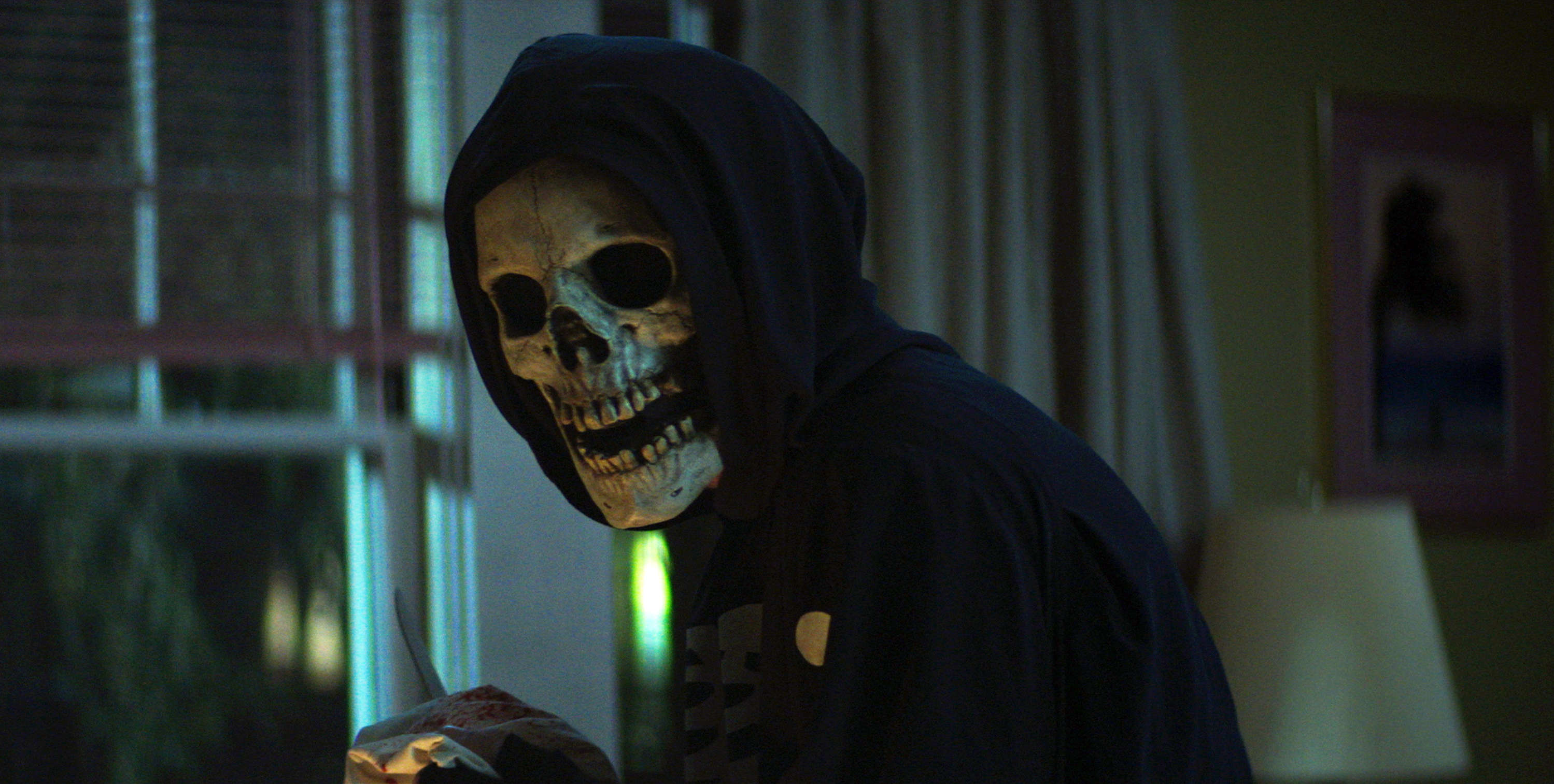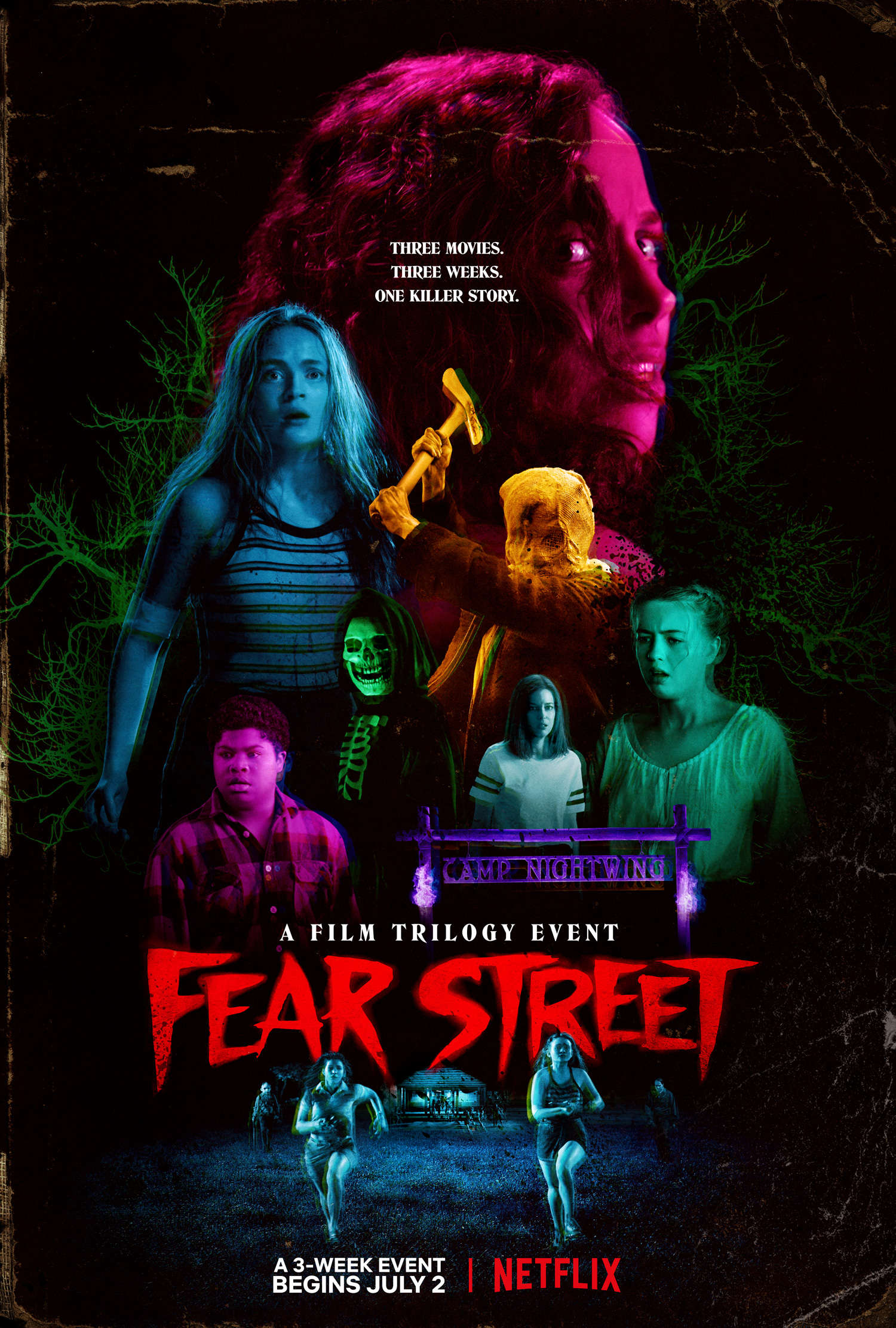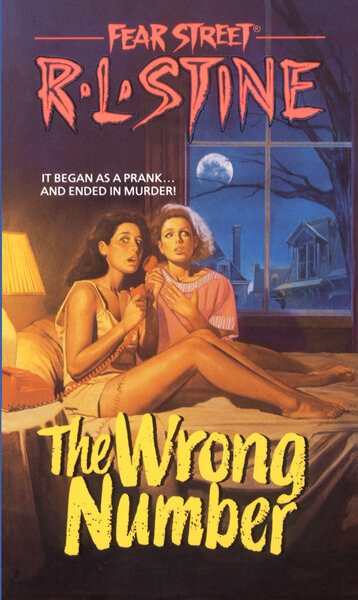Create a free profile to get unlimited access to exclusive videos, sweepstakes, and more!
'Fear Street' isn't a direct adaptation, but author R.L. Stine says Netflix 'got the spirit' right

Netflix’s Fear Street trilogy may not be based on any one book from R.L. Stine’s bestselling book series of the same name, but according to the author himself, the creative team involved have captured the essence of them — each movie is set in a different year (1994, 1978, and 1666), each one follows a different set of protagonists, and each takes place within the same larger geographical region of Shadyside.
"Fear Street started out because we were trying to figure out how you do a series of horror novels?" Stine tells SYFY WIRE. "Most series have the same characters book after book and you can’t really do that. That would be ludicrous to have the same two people and have all these horrifying things happen to them."
The film trilogy, which premiered its final entry last week, has Stine's seal of approval. "They didn’t really use that much from the books, but they got the spirit of it."
One key thing the movies do keep intact, though, is the involvement of the Fier and Goode families, who both feature heavily in the Fear Street Sagas series. While Sarah Fier doesn’t feature prominently in Stine’s books, she does play a major part in the films, with her curse over Shadyside continuing on till the "present" in 1994, despite her having been killed in the 1600s. Meanwhile, Sheriff Nick Goode is yet another one of the descendants of the town’s founders trying to fight against the evils of Shadyside.
"We knew right from the beginning that we wanted to do a family rivalry," Stine says about his approach to the books, which saw the Fiers (who would eventually change the spelling of their last name to "Fear" and thus go on to have a street named for them) go up against the Goodes in most of the installments of that series. "We wanted the Fier family and the Goode family to be eternally cursed and to always be fighting each other and always be bad luck for each other."
Though aspects of the Fier-Goode relationship may have been tweaked when the series made the jump from page to screen, another aspect of the Fear Street books does make it into the movies. Taken as a whole, the trilogy has a relatively happy ending for a horror movie, something Stine says he himself learned the hard way when he wrote and published The Best Friend, which sees its protagonist end up in prison while the murderer themselves goes free.
"The one time that I did an unhappy ending, [the readers] hated it. They turned on me," recalls Stine. "It followed me everywhere and so I actually wrote a sequel to give it a happy ending. They had to have a happy ending, and that’s a very important thing in Fear Street."
Stine experienced the importance of that particular feature firsthand when he spoke to a child psychologist years ago, when the Fear Street novels were still being published monthly. "This patient would come to see him every week and she would just recite Fear Street plots to him. And it was sort of a way for her to deal with her fears."
Of course, Stine no longer writes Fear Street books, focusing mainly on the Goosebumps now, a series he’s been writing for almost 30 years, having scared generations of kids and their friends with everything from an evil ventriloquist dummy come to life (Slappy), or as seen in his latest release: Fifth-Grade Zombies. Part of this is because he’s used up every plot he can think of when it comes to killing fictional teens, having even turned a fictional version of his own son into a vampire at the end of one particular book.
But has what scares kids and teens changed that much? After all, even the most recent Fear Street is still set in the ‘90s. According to Stine, it's not that the youth today don't scar the same way '90s kids did. Instead, it’s a matter of technology.
"Cell phones have ruined every mystery plot. That’s the only thing that’s changed," says Stine. "I have to get rid of cell phones very early in the book or you don’t have a story. In the Fear Street book, The Wrong Number, the girls are getting terrifying phone calls. Now, she just looks at the front of her phone. She knows who it is and the book is over."
While writing horror for younger readers hasn’t changed all that much, the publishing industry has evolved a lot over the years, especially with the push for greater representation in children’s books and the young adult genre.
"I want to scare everyone," says Stine of his approach. "The thing about my books is there’s very little characterization. They’re all completely plot-driven. They’re all about what happens next. That’s it. And in a Goosebumps book, I almost hardly describe the characters because I want the readers to identify with the protagonist."
He continues, "They’re all first-person and everything is seen through the protagonist’s eyes. I want the reader to picture himself or herself as that person. So I don’t do much characterization at all."
Stine has seen and enjoyed all three Fear Street films, but he doesn't actually watch or read much horror when he's not at work creating his own, preferring instead to dive into a good thriller by Harlan Coben or Michael Connelly, having recently finished and loved The Law of Innocence. And much like many other pop culture fans, he enjoyed Bridgerton and Sweet Tooth, and is currently all caught up on Loki.
"I like the kind of horror movies that are witty and funny at the same time. They're not just straight-out horror. I like the Scream movies. They have another level to them, [more] satirical [and] meta. I really admired those films. And Cabin in the Woods. That film starts out with teenagers trapped in a cabin, and it turns out to be something completely different. I love that," says Stine.
"I'm not really into horror that much," he admits.
The latest Goosebumps novel, Fifth-Grade Zombies, is now available. All three Fear Street films are streaming on Netflix.





























